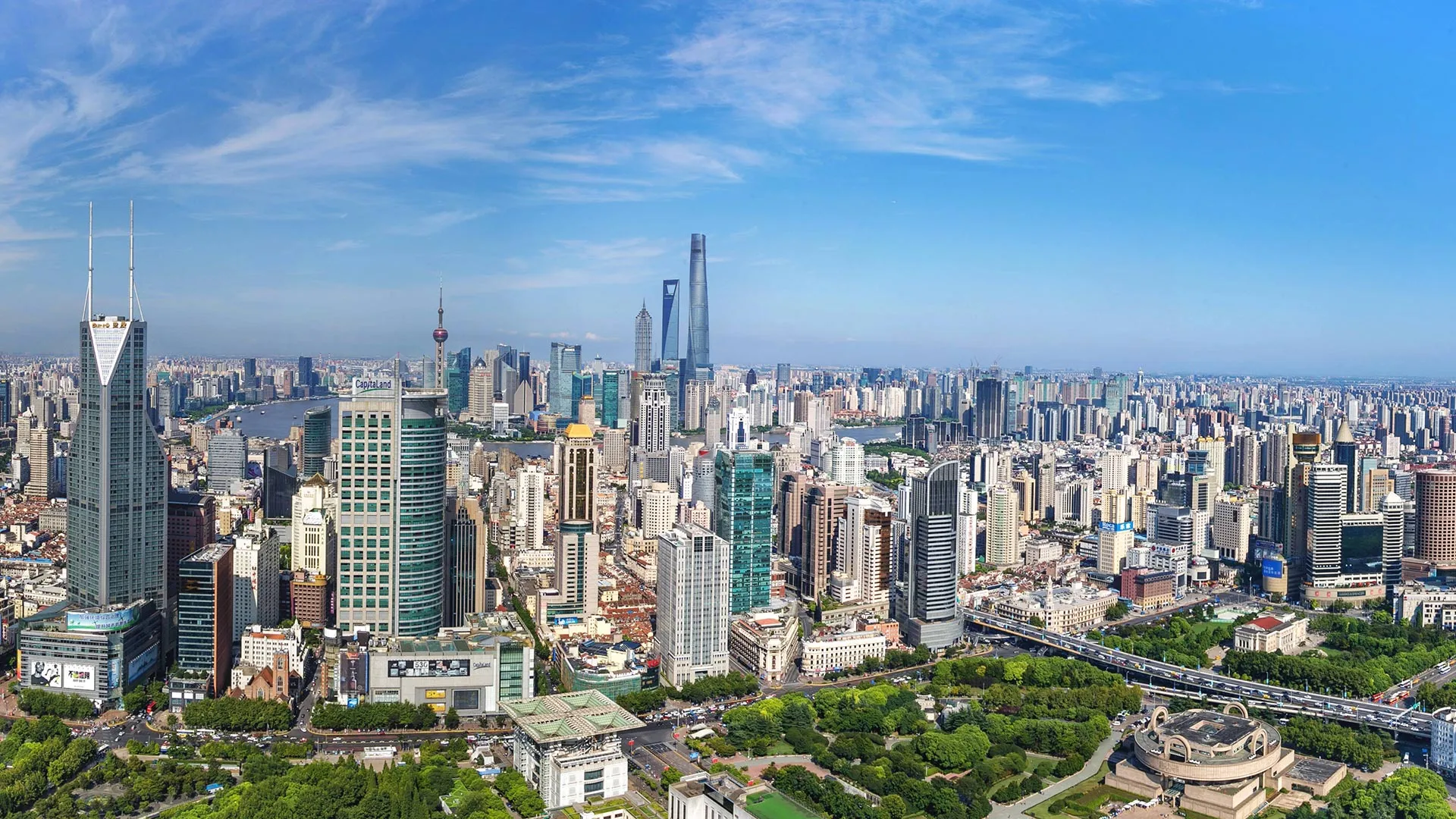

The future for cities in the words of 4 international architecture and design magazines: IDEAT France, The New York Times, Dezeen and Pambianco Design

Visions and scenarios of the metropolis of tomorrow as gleaned from articles in four international architecture and design magazines
The French magazine IDEAT asks: “What is a sustainable city if it fails to cut its own ecological impact on the environment to a minimum?” It cites the examples of five European cities that are plotting their green futures with an agenda building up to 2050: Vienna, Munich, Zurich, Stockholm and Angers. “In 2050, seven in ten people will live in cities. […] Climate change, scarcity of resources and pollution are fuelling a serious rethinking of our habits. Working in cities, moving around, consuming, enjoying our lives there in good health are becoming very real concerns, especially since the Covid-19 pandemic has skewed our perception of the urban environment.” (read the complete article in IDEAT France)
Five other cities have garnered the Earthshot Prize, the most prestigious global prize for the environment in history, awarded by the Duke and Duchess of Cambridge’s Royal Foundation in London. One of the first two recipients is the city of Milan. “David Attenborough, who gave the opening remarks, warned that ‘the actions we choose or choose not to take in the next 10 years will determine the fate of the planet for the next thousand.’ Milan won for a citywide food recovery policy that redirected surplus food to charities and food banks, and Costa Rica was celebrated for a national system that reversed deforestation by paying citizens to restore forests. The three other winners were Takachar, a social enterprise based in India developing technology to combat air pollution from agricultural burning; Coral Vita, whose land-based farms in the Bahamas grow coral to replant in the ocean; and Enapter, a company using technology to reduce emissions in renewable electricity.” (read the complete article in The New York Times)
While in London the accent is on the steps taken by various cities around the world, on the other side of the Pond, in New York, Professor Jason Barr “proposed extending Manhattan to add homes for 250,000 people to the city of New York. Barr's scheme, which would be named New Manhattan in reference to the indigenous name for the island, would see 1,760 acres of reclaimed land added to the tip of Manhattan. The land would be covered with 180,000 new homes and surrounded with wetlands and marshlands to absorb storm surges.” (read the complete article in Dezeen)
Thanks to its bold and innovative urban planning, the city of Copenaghen has been named UNESCO World Capital of Architecture for 2023. The Danish capital is a model admired by many, but might not be regarded as sustainable from every single point of view: “focusing attention on Copenaghen may have triggered a series of chain reactions that has sent builders and businesses into a rush for investments that has, in turn, sent house prices sky-high. On one hand there’s the sustainability of the “Copenaghen model” and its lifestyle and growing gastronomic scene, while on the other there are unsustainable price hikes and lack of housing for a section of citizens. […] Investors, the city and the professionals have a duty to ensure that Copenaghen does not become another Venice or Barcelona. ‘What Copenaghen needs is an alternative financing mechanism to the usual short-term speculations.’ says Justine Bell, a partner at the Djernes&Bell practice – ‘These often dictate laws on urban planning and on the quality of the architecture. What interests me is the concept of shared ownership (known as Andel in Denmark, where buildings are purchased jointly with other owners, Ed.) which is a part of the culture of this country, a real driver for necessary change.’” (read the complete article in Pambianco Design)

















